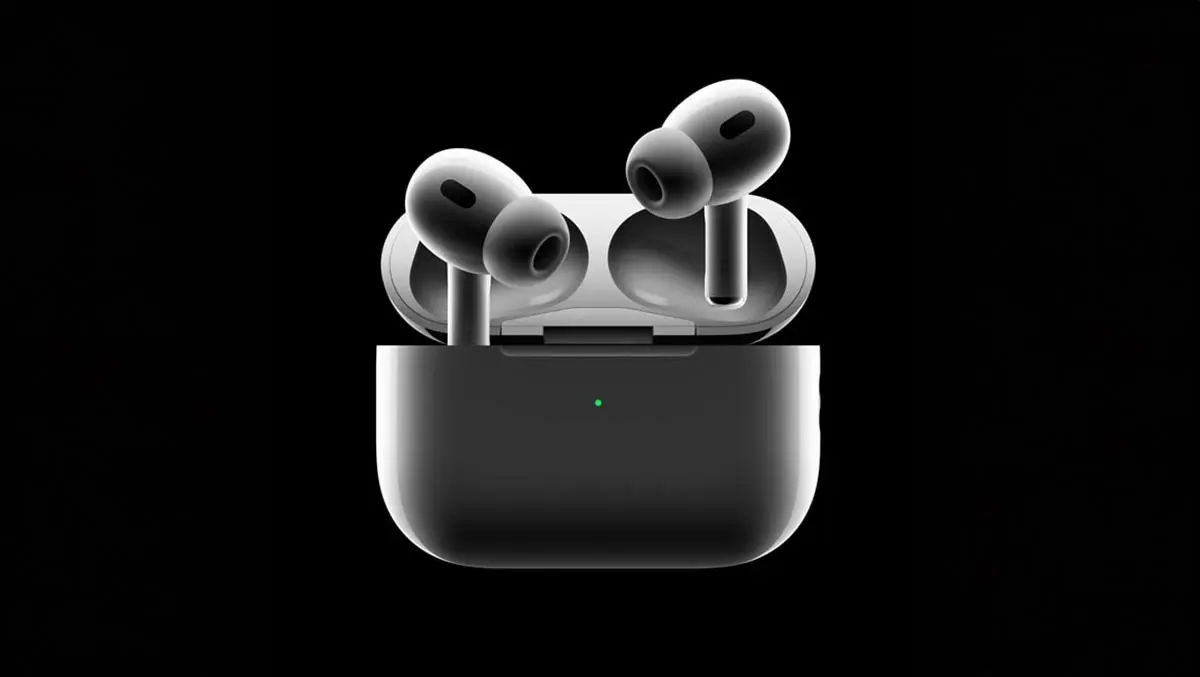
Apple adds hearing health features to AirPods Pro 2
Apple has unveiled a suite of hearing health features for the AirPods Pro 2, focusing on reducing noise exposure and assisting users with perceived hearing loss.
Developed over multiple years through collaboration across various teams, these features are supported by the company's Audio Lab in Cupertino, California. The lab includes anechoic chambers for sound isolation and is central to the creation and validation of all Apple products with audio components. It was instrumental in crafting the hearing health capabilities of the AirPods Pro 2.
The software update enables features such as Loud Sound Reduction, an at-home Hearing Test, and a Hearing Aid feature designed to assist users with mild to moderate hearing loss. An estimated 1.5 billion people globally are living with hearing loss, according to the World Health Organization.
"Hearing loss affects individuals in every region and country, yet often goes unrecognised. Hearing is a core component of communication for so many and is an important factor for health and wellbeing," said Shelly Chadha, M.D., the World Health Organization's technical lead for hearing. "Technology can play an important role in raising awareness and providing intervention options for those affected by hearing loss."
Sumbul Desai, M.D., Apple's Vice President of Health, explained the company's approach, "Every person's hearing is different, so we created an innovative, end-to-end hearing health experience that addresses this variability in a way that's both simple to use and adaptable to a wide range of needs." She added, "With the Hearing Aid feature, we wanted to build something so intuitive, it felt like an extension of your senses. We knew the results would literally change people's lives — and democratise access to treatment for a condition that affects more than a billion people."
The Audio Lab's anechoic chambers and Longwave anechoic chamber played a crucial role in the development process. These chambers are designed to eliminate any noise or vibration disturbances, providing accurate sound measurements. "From the quietest sounds we can hear for the Hearing Test feature, to speech in noisy restaurants for the Hearing Aid feature, and even concert levels for Loud Sound Reduction, we can bring the real world into our acoustics facilities," said Kuba Mazur, Apple's hearing health lead engineer within Acoustics Engineering.
Engineers used state-of-the-art facilities to fine-tune these features, including a spherical array of 50 loudspeakers in the Fantasia Lab to simulate various sound environments. This was critical for validating the Hearing Aid feature through speech-in-noise tests conducted with participants in controlled environments.
Clinical-grade audiometric booths were set up within the Audio Lab for detailed internal testing. "This lab is about recreating," Mazur said. "Just as our users experience their everyday lives moving through shopping malls or having dinner with loved ones, we had to ensure these features would meet their needs." The engineering team collaborated with audiologists in these booths to conduct extensive testing prior to clinical validation studies.
Heather Daniel, a producer in Apple's Design Studio, highlighted the importance of user-friendly design. "Within our health features, we focus on clarity and meeting users where they're at," she explained, emphasising that the Hearing Test feature needed to be straightforward and comprehensible, even for first-time users.
The development of these features involved collaboration across numerous teams, including engineering, design, health, accessibility, clinical operations, regulatory, and human factors engineering. "So many teams came together—including software and hardware engineering, design, health, accessibility, clinical ops, regulatory, and the human factors engineering team—to ensure the best quality and experience," Mazur stated.
Apple's new suite of features for AirPods Pro 2 illustrates the company's ongoing commitment to enhancing users' personal health journeys. Mazur concluded, "The fact that people can walk around wearing their AirPods, that they can protect their hearing at concerts and get insights on their hearing health using these features over time—AirPods are doing what each person wants or needs them to do. They're truly the interface to the ear."


